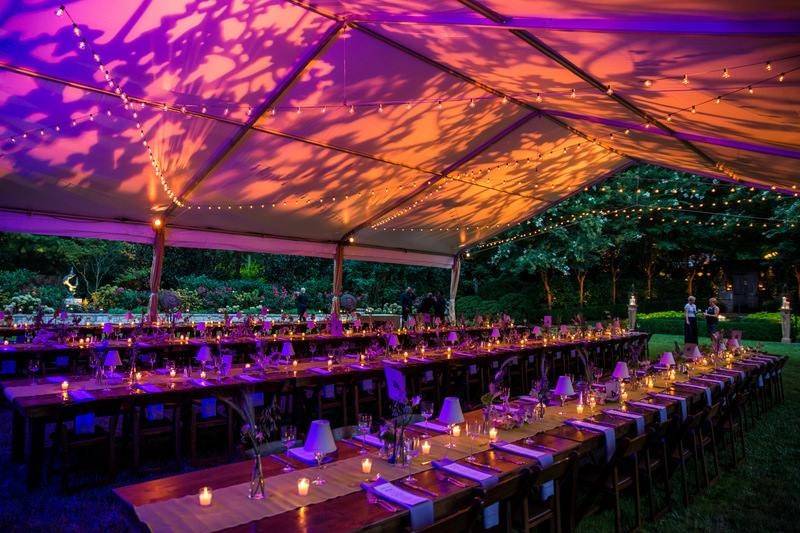The first phase in footage projection on curved surfaces is to comprehend the shape of the area. Rounded surfaces can be complex, with different degrees of bend. To attain a smooth projection, it is vital to create a 3D model of the surface. This representation helps in imagining how the footage will look when projected. Software tools are available that allow users to develop these representations and mimic the projection. By accurately mapping the measurements and shapes of the area, creators can ensure that the video matches perfectly without distortion.
Once the 3D representation is ready, the following phase is to edit the video content. This includes editing the video to suit the particular shape and size of the rounded area. It is crucial to consider the angles and sightlines from which the viewers will view the projection. The content should be crafted to enhance the visual experience, making it engaging and relevant to the theme of the occasion or setup. Using high-quality graphics and motion graphics can greatly enhance the overall impact of the display.
After preparing the material, the real projection process starts. This includes setting up the projectors at the appropriate positions and distances to ensure that the footage matches with the 3D model. Adjustment is a crucial part of this procedure. It may require adjusting the luminosity, differentiation, and focus of the projectors to achieve the optimal outcomes. Additionally, using several devices may be required to encompass bigger or more complex areas. This method, known as edge blending, helps create a continuous visual across the entire surface.

Finally, trialing the projection is essential before the conclusive show. This allows creators to make any required adjustments to the video and check this link right here device configurations. It is also an opportunity to see how the viewers will perceive the display from different viewpoints. By confirming that the video mapping is perfect, creators can deliver a remarkable visual experience that creates a lasting impression. Perfecting video projection on rounded surfaces not only improves artistic expression but also creates new possibilities for narrative and viewer engagement in various settings.